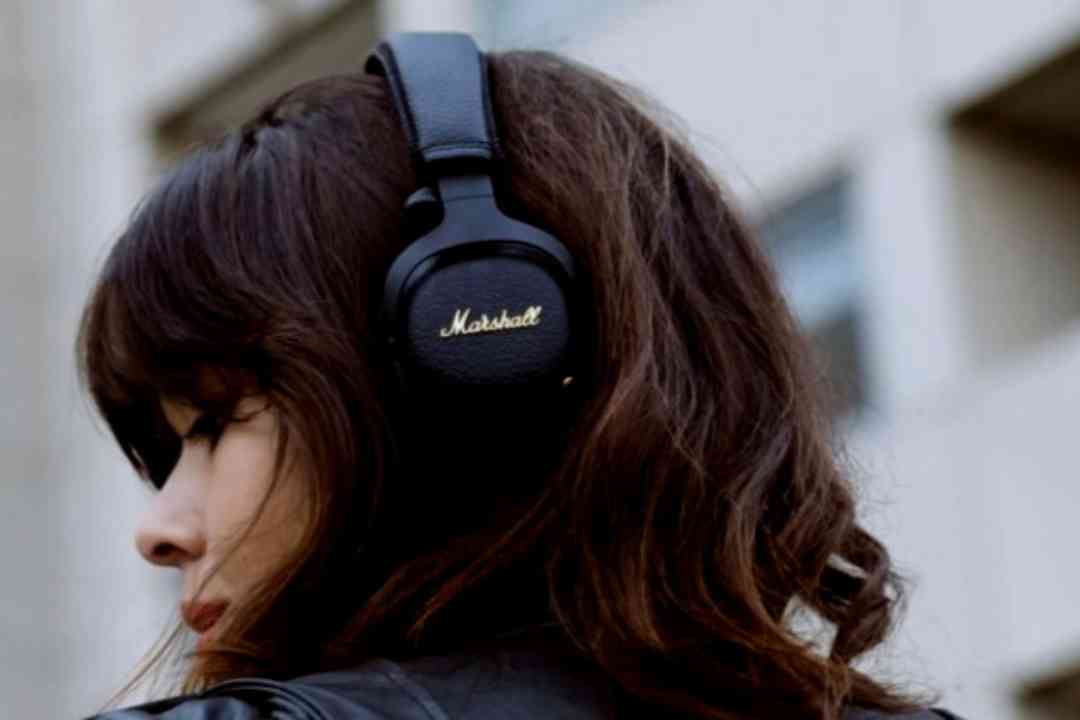Who agrees that headphones are a lifesaver? May it be traveling alone or listening to music/podcasts with your friends, headphones provide a sense of satisfaction and privacy. Although headphones have become an inevitable part of this generation, their types remain unspoken.
So, let's explore seven types of headphones in audiology-
1. Circumaural
( circumaural headphones. Image source: pixels)
This is the most common and popular headphone that comes with soft and squishy earcups that are big enough to cover the whole ear. It also has an adjustable headband that sits on the head and connects the two earcups. Hence, it's also known as over-the-ear headphones.
Pros and Cons- They are very comfortable and provide high sound quality, although because of their size they are unstable and take up a lot of space.
2. Supra-aural headphones
(Supra-aural headphones. Image source: Amazon)
On-Ear headphones are similar to circumaural ones only that they are comparatively small in size. These are best for workouts.
Pros and Cons- They are stable and portable, only they are not that comfortable and cosy and cannot cancel the external noise.
3. Active Noise-Cancelling Headphones
( ANC Headphones, Image source: Conde Nast traveller,)
Noise-cancelling headphones are best for people who commute regularly or work in a chaotic environment. As you listen to an ANC headphone, the surrounding noise is recorded, flipped phase, and sent back to your ears. This is how the headphones actively block external noise.
Pros and Cons- It helps with noise-inducing stress and eliminates external sound. However, it is expensive and doesn't have long-lasting battery life.
4. Headsets
( headset, Image source: pixels)
A combination of headphones and a microphone is called a headset, which is mostly used for gaming or online meetings.
Pros and cons- They are best for audio recording and phone calls but can lack flexibility and sound quality.
Did you Know?
Nathaniel Baldwin made the first headsets in his kitchen at home. The U.S. Navy loved them, but Baldwin could only make 10 at a time since he was a one-man show.
5. Bone conduction
( Bone conduction. Image source: eBay)
This audio-emitting device sits on your cheekbones and sends a vibration to the bones in the inner ear. Without blocking your ear canals, it allows you to hear the external sounds or the ambient sounds around you.
Pros and cons- They can help people with hearing problems and are highly stable but they transmit sound through bones, hence the quality is not good enough. The sound here lacks bass and other people can listen too.
6. True wireless earbuds
(Wireless earbuds. Image source: pixels)
They are very trendy nowadays because they completely lack wires. They connect via Bluetooth and come in a charging case that is easily portable and it contributes to more durable battery life.
Pros and cons- The sound quality here is amazing also it's comfortable and stable but it lacks hygiene and can cause infections.
7. Wired earbuds
(Wired earphones. Image source: pixels)
These earphones come attached to a wire and may or may not contain a microphone. These headphones are popular among athletes and teenagers who secretly want to listen to music while attending lectures. They typically provide good sound quality and are easily portable.
Pros and Cons- Earphones are pocket-friendly but can get annoying when stuck on the doorknob or someone’s arm.
Wired or wireless, each audiophile has its fanbase. Listening to music and just shutting off the world, letting yourself dive into it is another form of self-love. Let us know which is your favorite type of headphone for such a moment.
These were some of the different types of headphones that are available. You have to choose the correct headphones because of their different types of usage like a workout, music production, commutes, and many more. I hope this article helped you to choose the right one for you.
© Vygr Media Private Limited 2022. All Rights Reserved






















